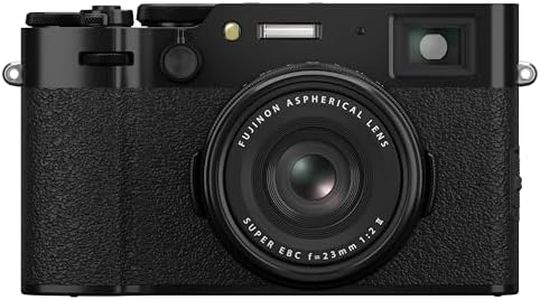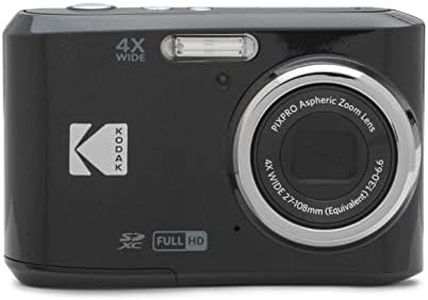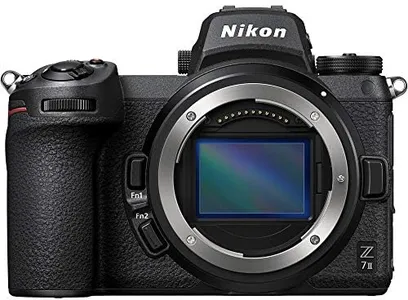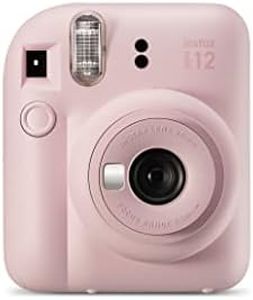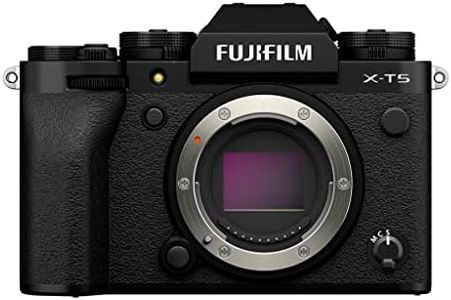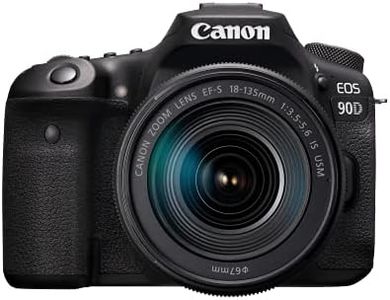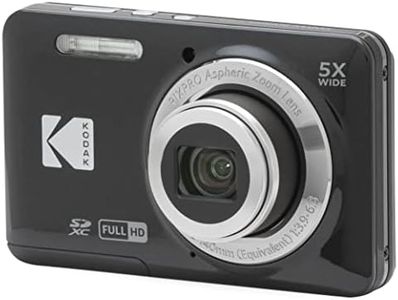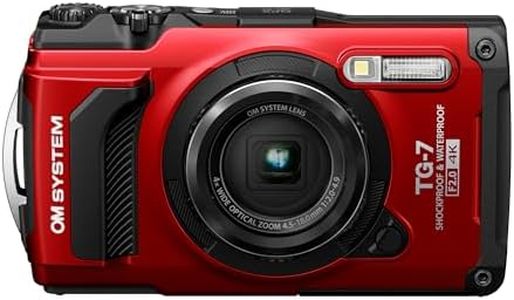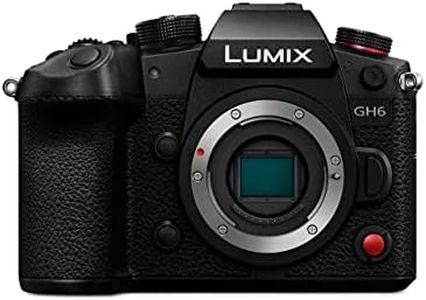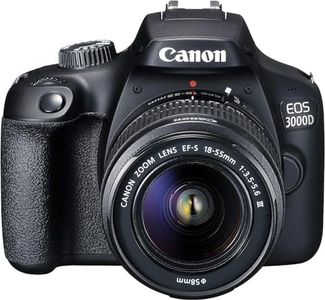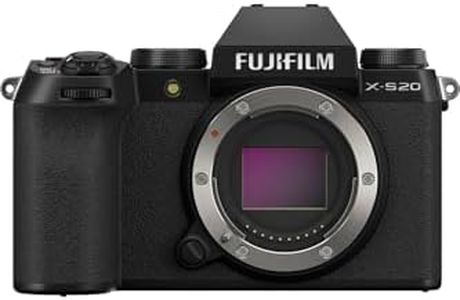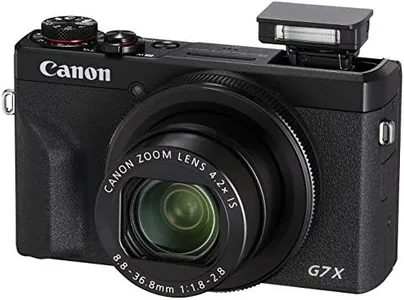We Use CookiesWe use cookies to enhance the security, performance,
functionality and for analytical and promotional activities. By continuing to browse this site you
are agreeing to our privacy policy
10 Best Budget Digital Cameras
From leading brands and best sellers available on the web.By clicking on a link to a third party's website, log data is shared with that third party.
Buying Guide for the Best Budget Digital Cameras
Choosing a digital camera can be overwhelming with all the different models and specs available. To find the best camera for your needs, start with a clear understanding of what you'll use it for most: are you capturing family moments, traveling, or hoping to pick up photography as a hobby? Thinking about when, where, and how often you'll use your camera will help you focus on the features that really matter to you. Digital cameras come with various specifications that impact their performance and suitability for different users.MegapixelsMegapixels refer to the resolution of the images your camera can take, which affects how large you can print your photos without losing quality. For most uses like sharing online or printing standard photos, anything around 12 to 16 megapixels is more than enough. Higher megapixel counts are really useful if you plan to crop your images a lot or print posters, but for everyday use, you won't notice much difference.
Sensor SizeSensor size has a big impact on image quality, especially in low light. Larger sensors capture more light and provide better detail, especially useful for low-light photography or achieving a blurry background. Most budget cameras use smaller sensors, which are fine for general use. If you expect to shoot a lot indoors or at night, consider a model with a slightly larger sensor.
Zoom RangeThe zoom range tells you how close you can get to your subject without moving physically. Some cameras offer optical zoom, which maintains image quality as you zoom in, while digital zoom just crops the image and can make pictures look worse. If you like shooting wildlife or at sporting events, choose a camera with more optical zoom. For typical family and travel photos, moderate zoom is usually sufficient.
Image StabilizationImage stabilization helps reduce blur caused by shaky hands, especially when shooting in low light or at long zooms. There are electronic and optical stabilization systems; optical tends to be more effective but both help. If you often take photos on the go or zoom in a lot, stabilization can really improve your results.
Ease of UseEase of use concerns how simple the camera is to operate, from and menus to buttons and touchscreen controls. If you want a camera that you can just pick up and shoot with, look for models with 'auto' modes and clear menus. If you're interested in learning more about photography, choose a camera that also offers manual controls so you can experiment as your skills grow.
Battery LifeBattery life is usually measured in the number of shots you can take on a full charge. If you plan to use your camera throughout the day or on long trips where charging might not be possible, pay attention to this specification. Cameras with removable batteries can be more convenient because you can carry spares.
Connectivity OptionsConnectivity refers to how you get your photos off the camera or share them. Common options are USB, Wi-Fi, or Bluetooth. If you want to quickly upload images to your smartphone or social media, look for built-in wireless options. For more traditional use, transferring by cable or memory card works just fine.
